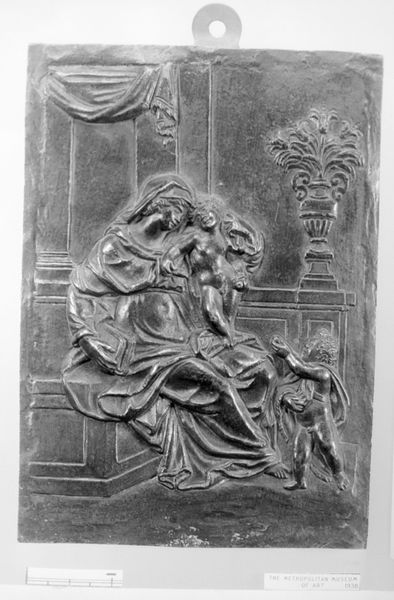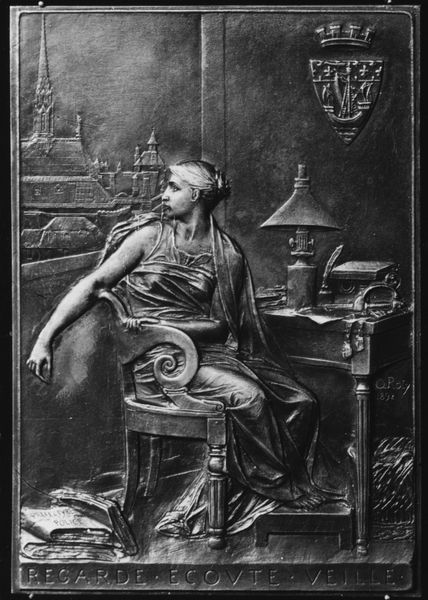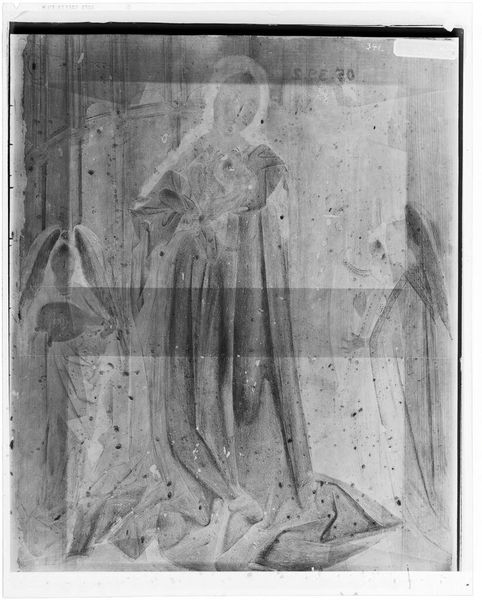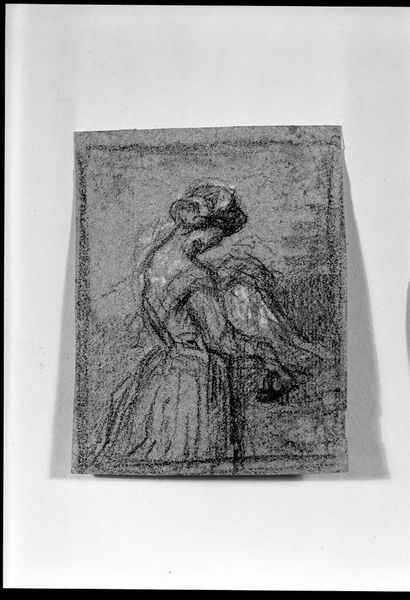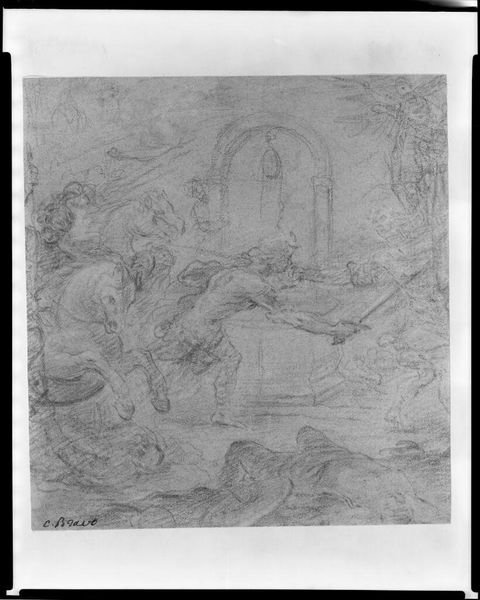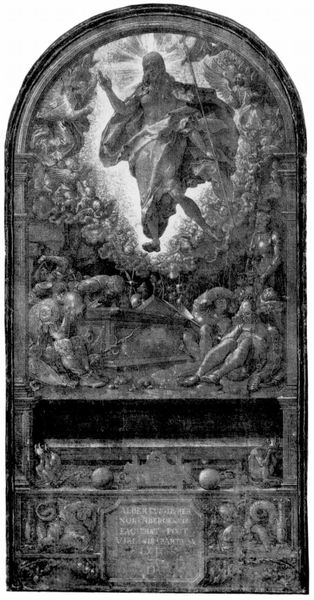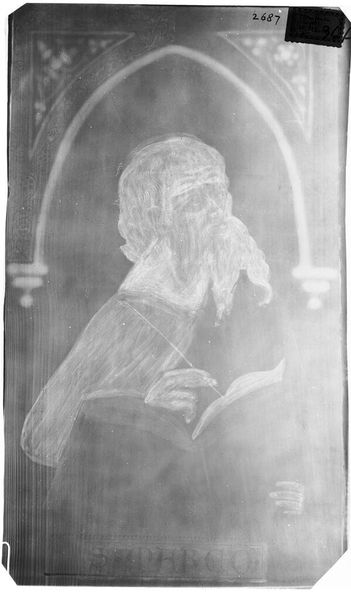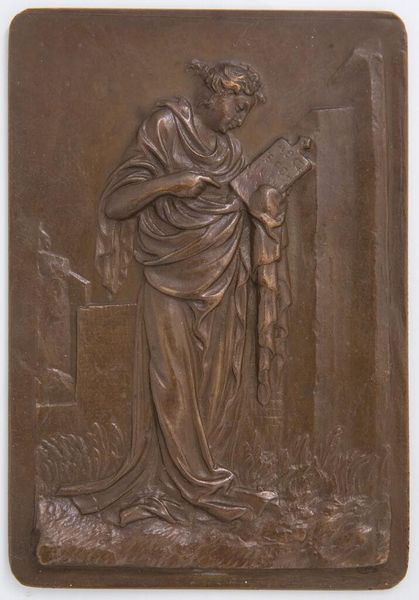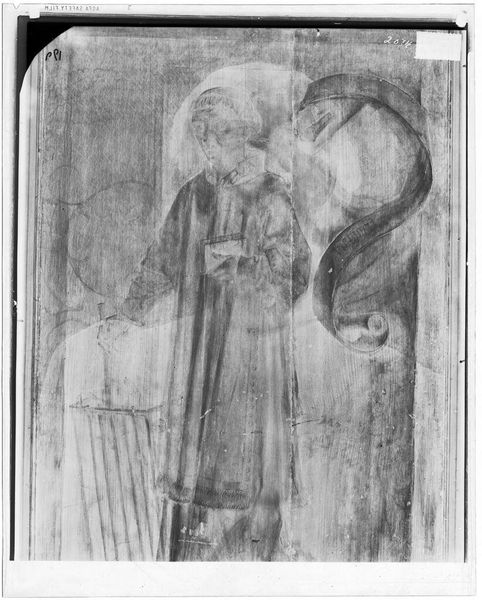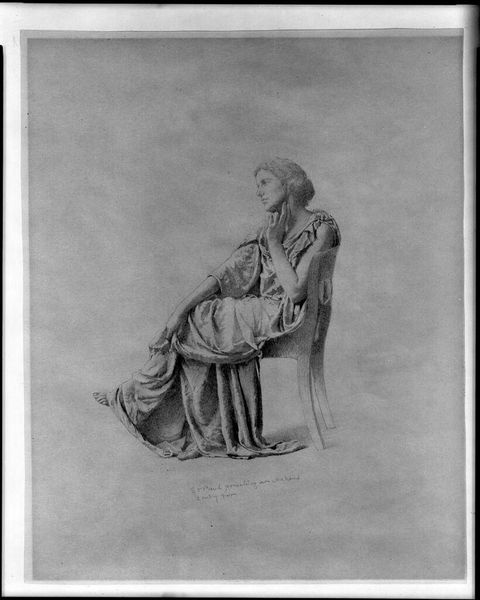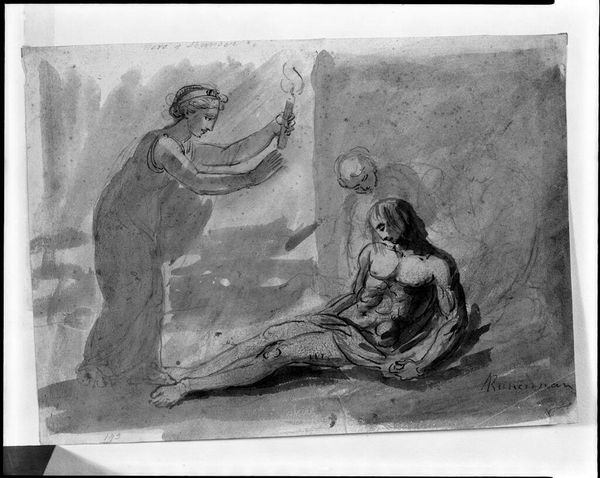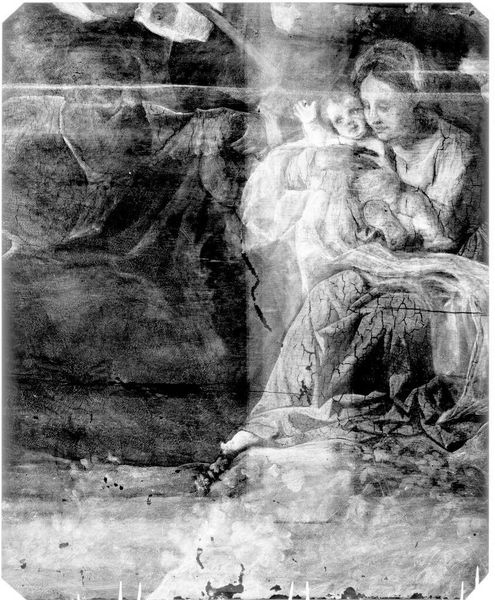
In Honor of Gustave Adolphe Hirn, Physicist (1815–1890) 1889
0:00
0:00
Dimensions: 2 3/8 × 1 3/4 in. (60 × 44 cm)
Copyright: Public Domain
Editor: Here we have Louis-Oscar Roty's metal relief from 1889, "In Honor of Gustave Adolphe Hirn, Physicist (1815–1890)". The allegorical female figure gives it an archaic feel. How do you interpret this work through its historical lens? Curator: It's fascinating how this medal uses Neoclassical imagery in the late 19th century. Notice the idealized figure, a clear reference to ancient Greece, alongside symbols of scientific pursuit. Given the context of industrializing Europe and rising faith in science, what does it say about society's values at the time? Editor: It's interesting to see a physicist honored with classical allegories. Almost like equating scientific achievement with timeless, universal truths. Were these kinds of honorary medals common in the late 19th century? Curator: Very common. They were a crucial way for institutions and states to publicly recognize individuals and, more importantly, to project certain values. This medal links Hirn and his scientific contributions to notions of wisdom and enlightenment, thus reinforcing the cultural authority of science itself. The museum’s act of displaying it now continues this act of endorsing particular accomplishments and visions of societal importance. Editor: That makes sense. It's not just honoring a man, but also elevating the status of science through art. What do you make of the Latin inscription at the bottom? Curator: "Amicus Plato sed magis amica veritas," or "Plato is my friend, but truth is a greater friend," highlights that dedication to objective truth, exceeding even philosophical tradition, which was a central tenant for these scientists and inventors of this era. It reflects the power struggles between traditional, philosophical institutions and newer scientific institutions. Editor: I never thought about medals as playing into power dynamics like that. So it's less about personal merit and more about using an individual to signal broader cultural priorities. Thanks! Curator: Exactly! Examining such objects helps us understand how museums and institutions actively participate in constructing and preserving cultural narratives around science and progress. A good reminder that even medals can carry political weight.
Comments
No comments
Be the first to comment and join the conversation on the ultimate creative platform.
